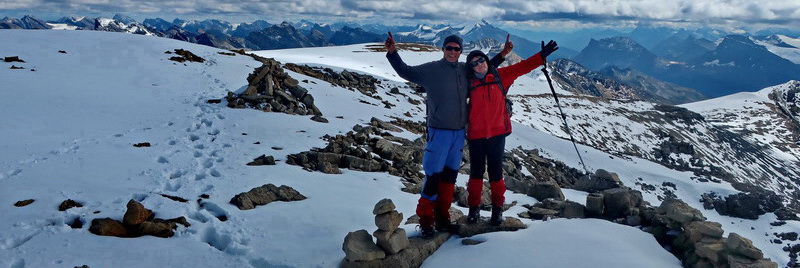On February 7th 2024 we came the third time in our lives to Morocco. We had been there in the years 1986 and 1987 with our little daughter (two and half years / four years) and our self equipped tiny camper Volkswagen Bully T2. We were very curious how Morocco had been changed in these 37 years. Indeed there are a lot different items like less poverty but a lot of waste, more paved streets but many policemen and much more tourism. But the people are as amiable and the landscapes are as magnificent as we had them in our memory.
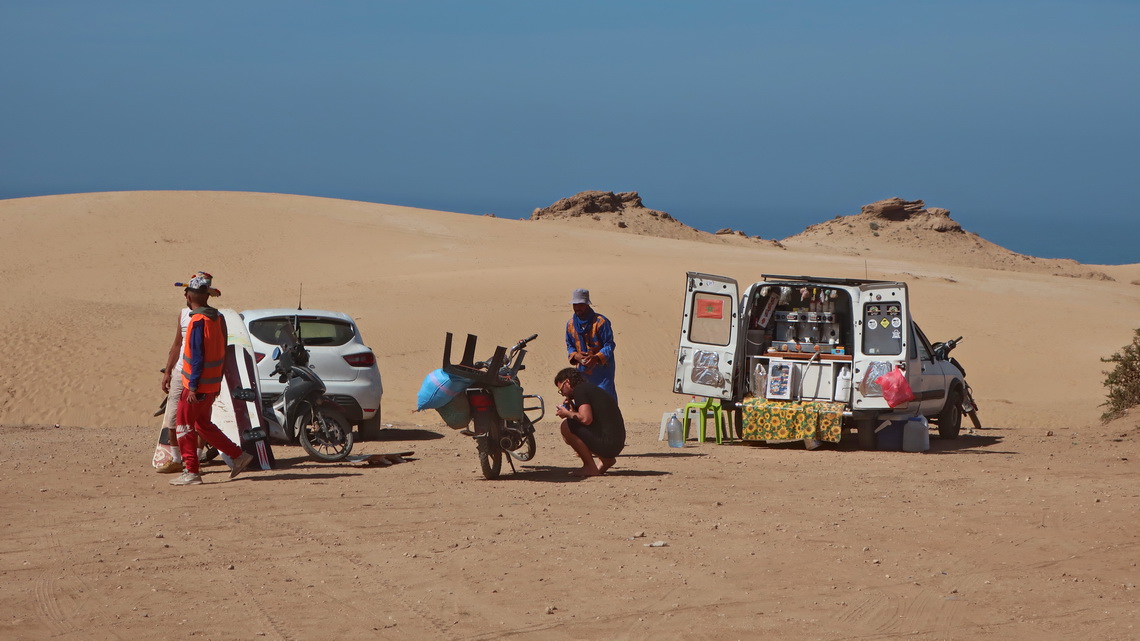
This time we crossed the strait of Gibraltar with the convenient ferry from Tarifa, Spain (southernmost village of the continent Europe) directly to busy Tangier which is with approximately 1 million inhabitants one of the biggest city of Morocco.
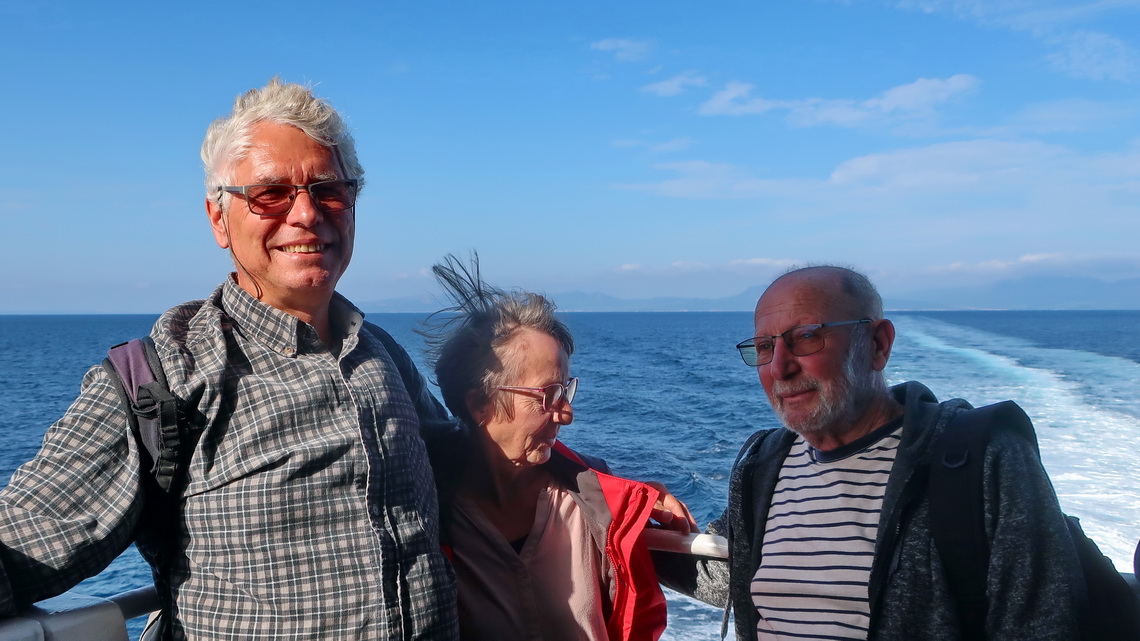
Our start in Morocco was quite weird because it rained cats and dogs on the first days. However we could explore Tangier with our bicycles and on foot without getting too wet.
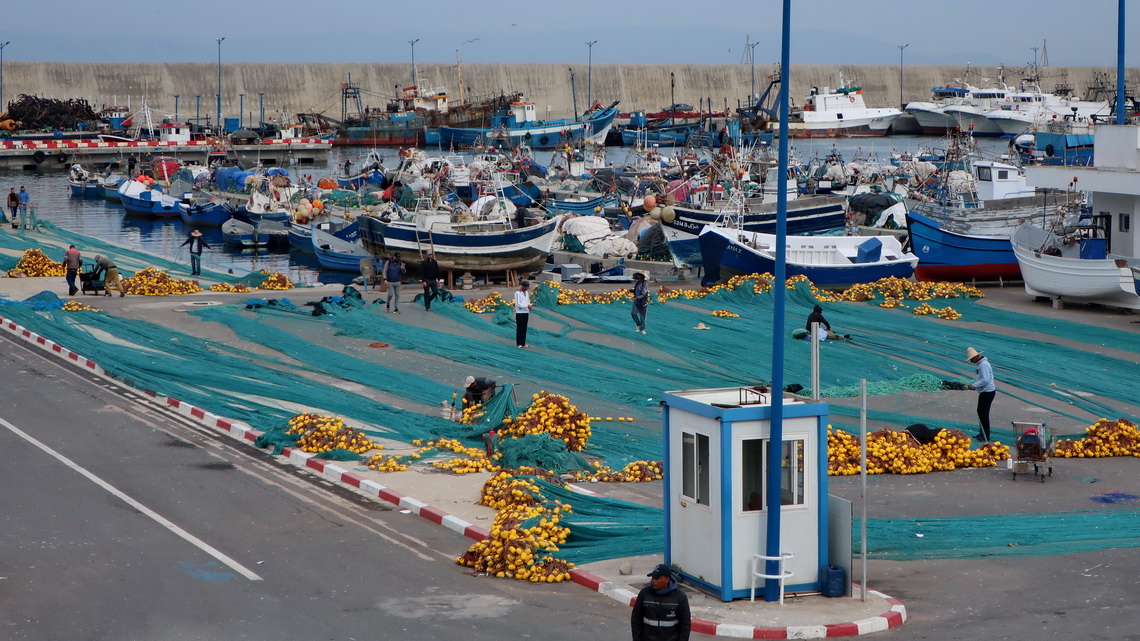


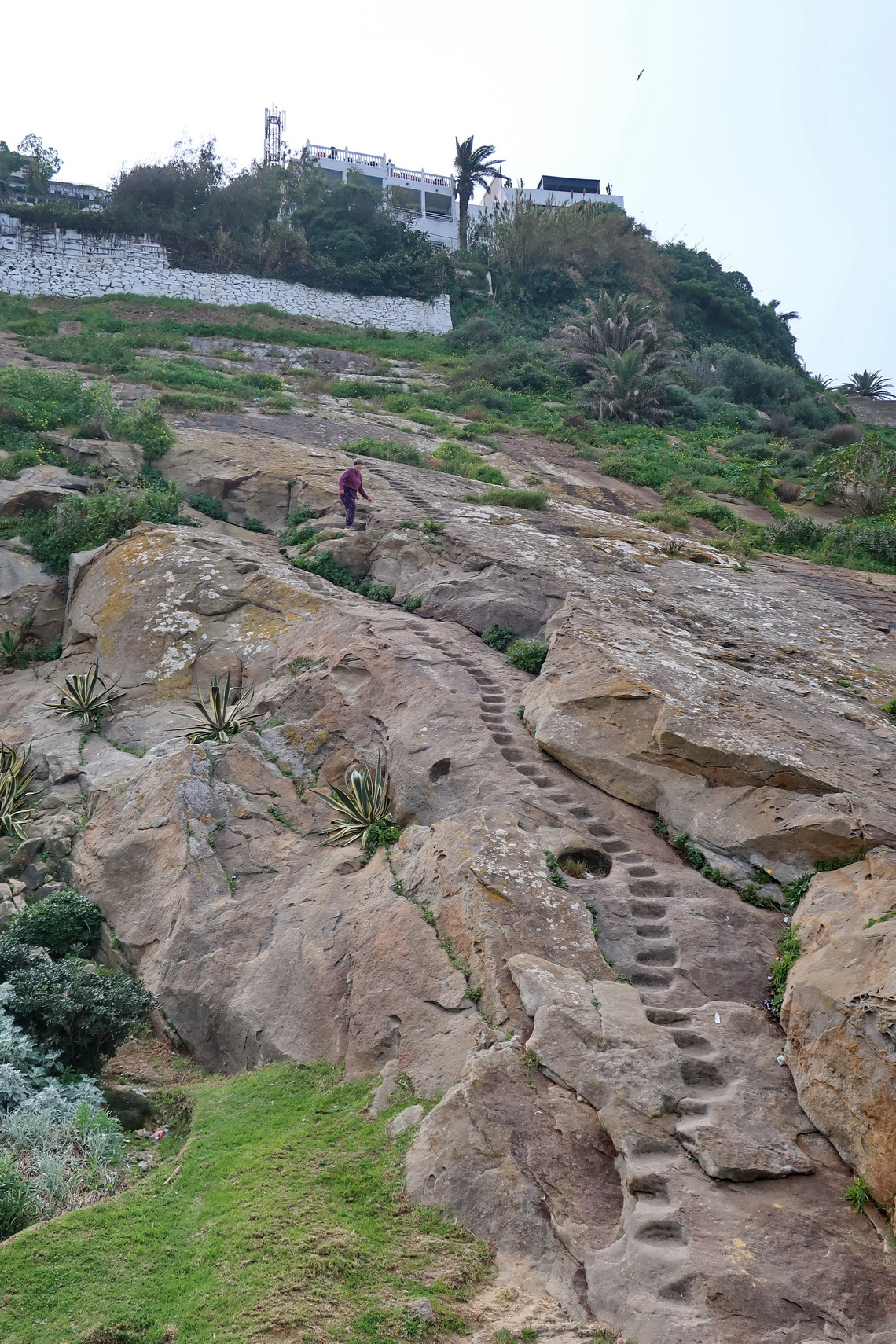
From Tangier we continued to Morocco's capital Rabat along the Atlantic coast with several stops. The famous cave Grottes d'Hercule is a nice excursion for Tangier's people. Many houses in the old town of Larache are painted blue. We had bad luck with the weather on the lagoon of Moulay Bousselham which is an excellent spot for bird watching but we spent a nice evening on the campsite of the Le Nid Du Hibou Guesthouse where we had an excellent Tajine - the Moroccan main dish of vegetables and some meat stewed in a brown cone shaped pot.
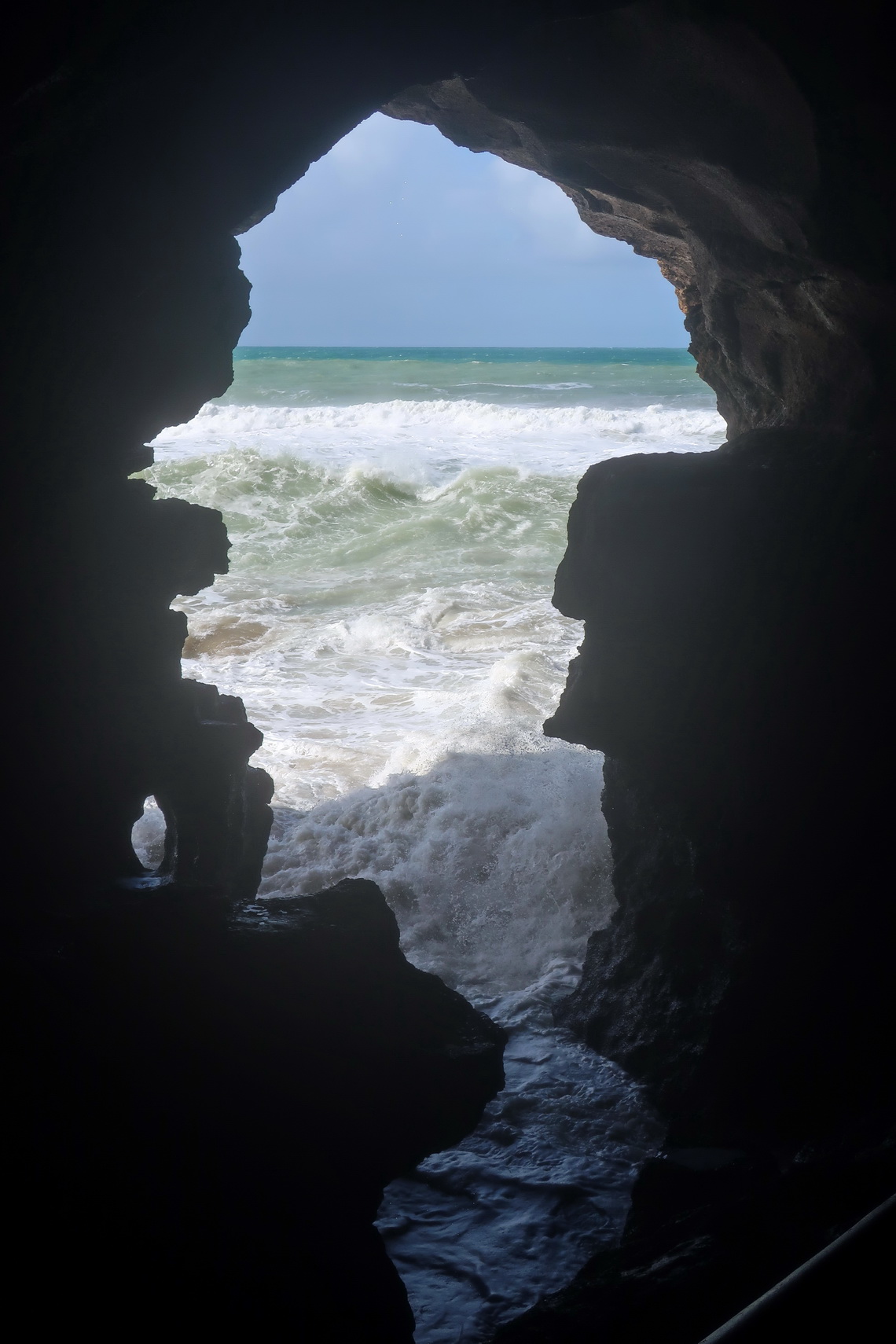

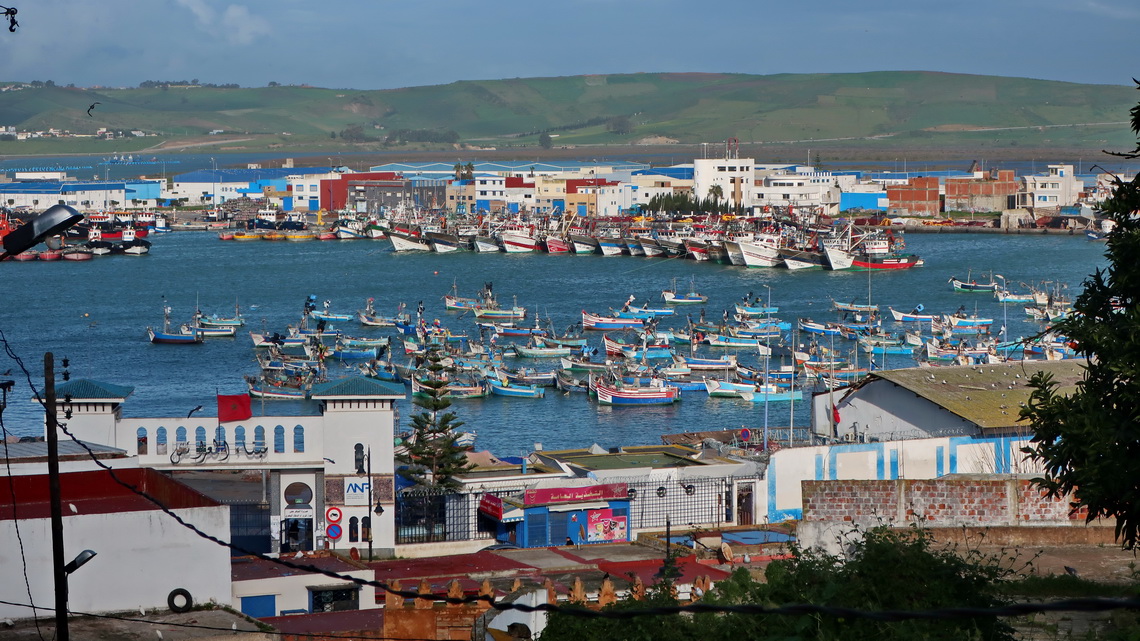
In Morocco's capital Rabat we found a perfect overnight staying place directly on the western wall of its Medina. Unfortunately we had to deal with a puncture on our car: We changed the wheel, a nice guy from the parking lot came with a pushcart and we moved it few hundred meters to a car repair shop. Within twenty minutes the hole was fixed with a special tire repair strip for four Euros - That's Africa. We decided to continue with our spare tire and to use the repaired one as our reserves.
We had another problem in Rabat because we had stored our passports in our car. When we came to the Royal Palace we were not allowed to enter with our ID cards. However we visited the Medina, the Kasbah of the Udayas, the outskirts of the Chellah (medieval fortified Muslim necropolis), the Mausoleum of Mohammed V, the Hassan Tower and much more of this exciting city. Remarkable is the pristine and swampy area east of the Chellah where a lot of birds spend the winter.

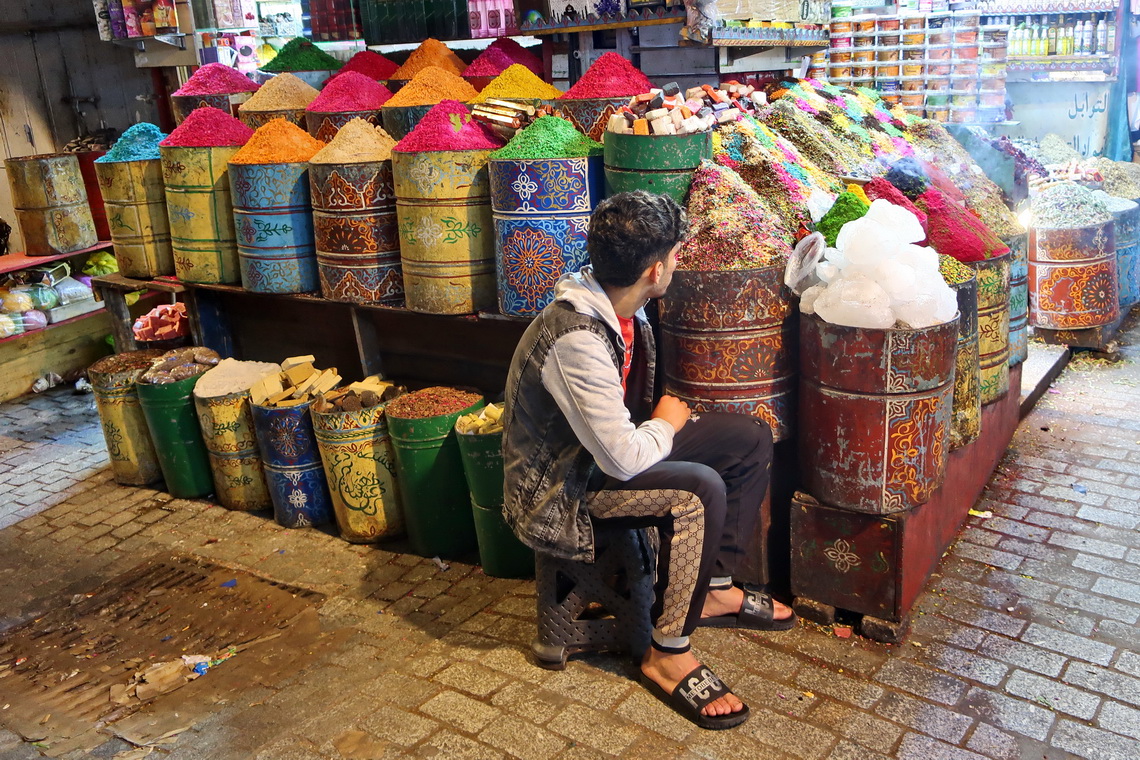
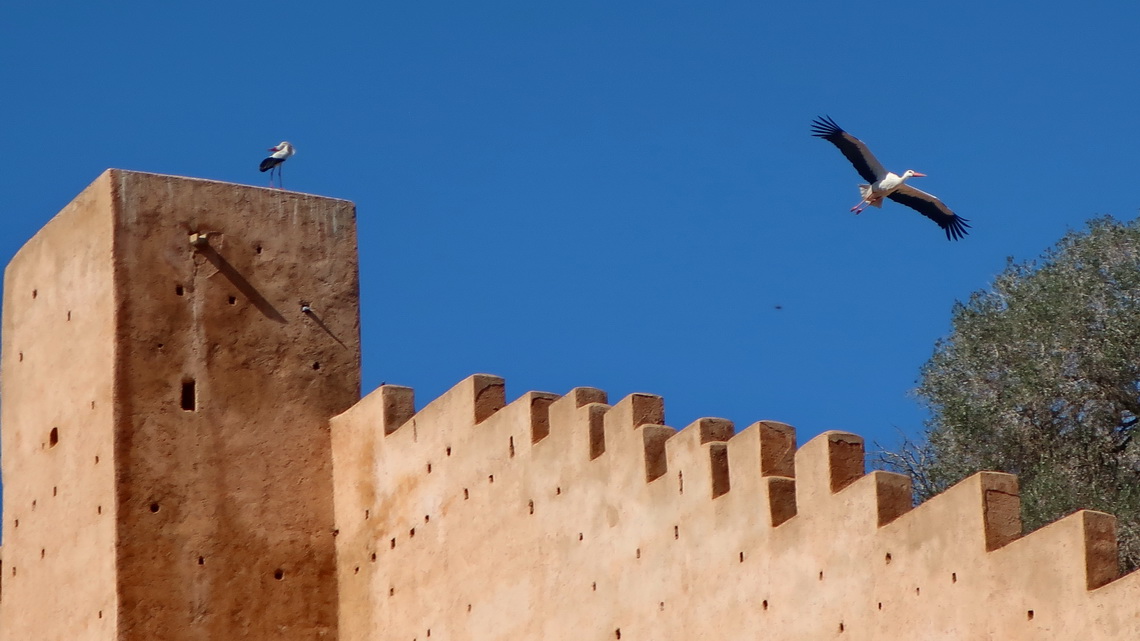

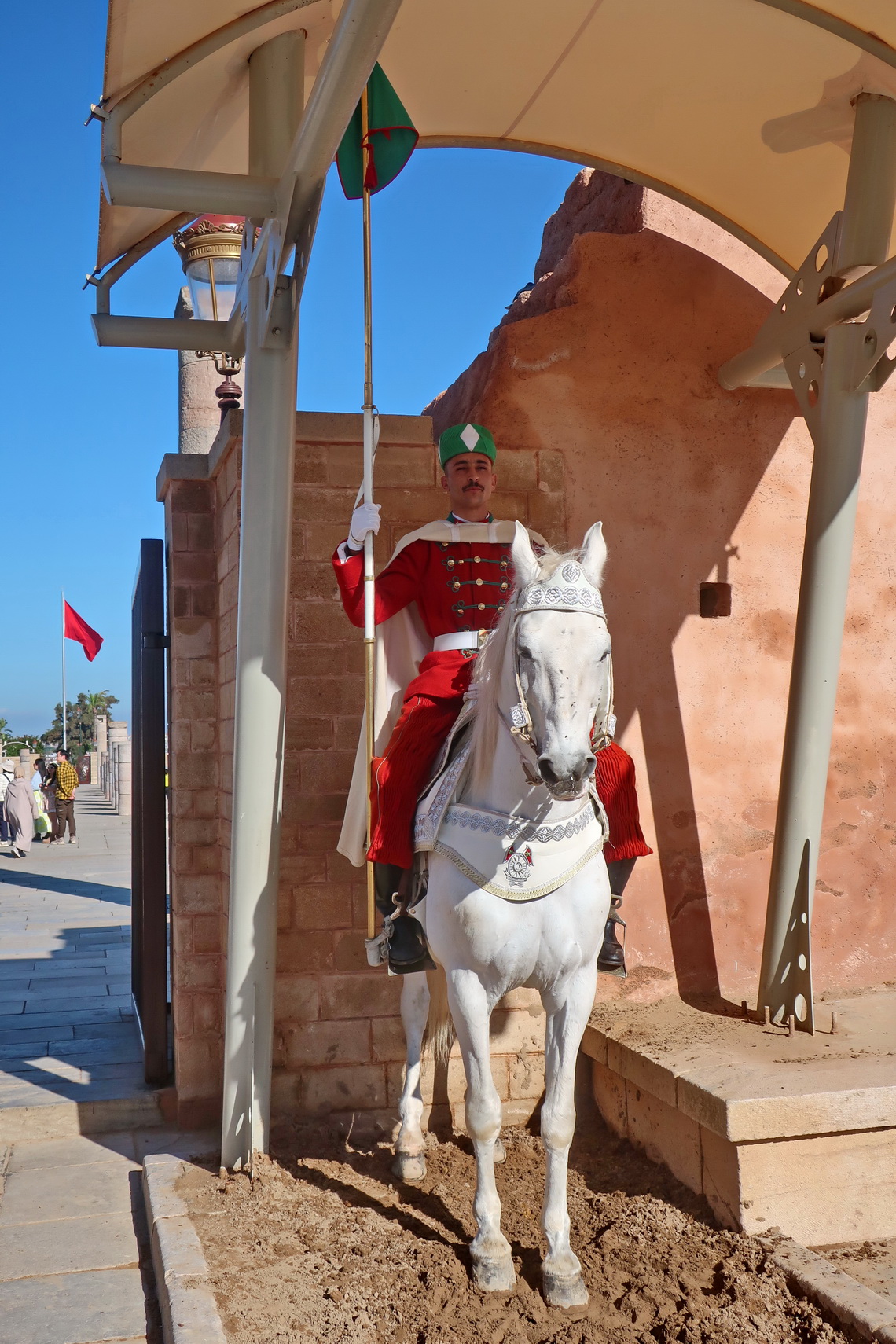
Huge Casablanca is with more than 3 millions inhabitants the largest city of Morocco and its economical, financial and industrial heart. Fascinating are its contrasts between old / traditional and new / modern. We stayed two days close to Casablanca's Morocco Mall which is supposed to be the largest shopping center in Africa.
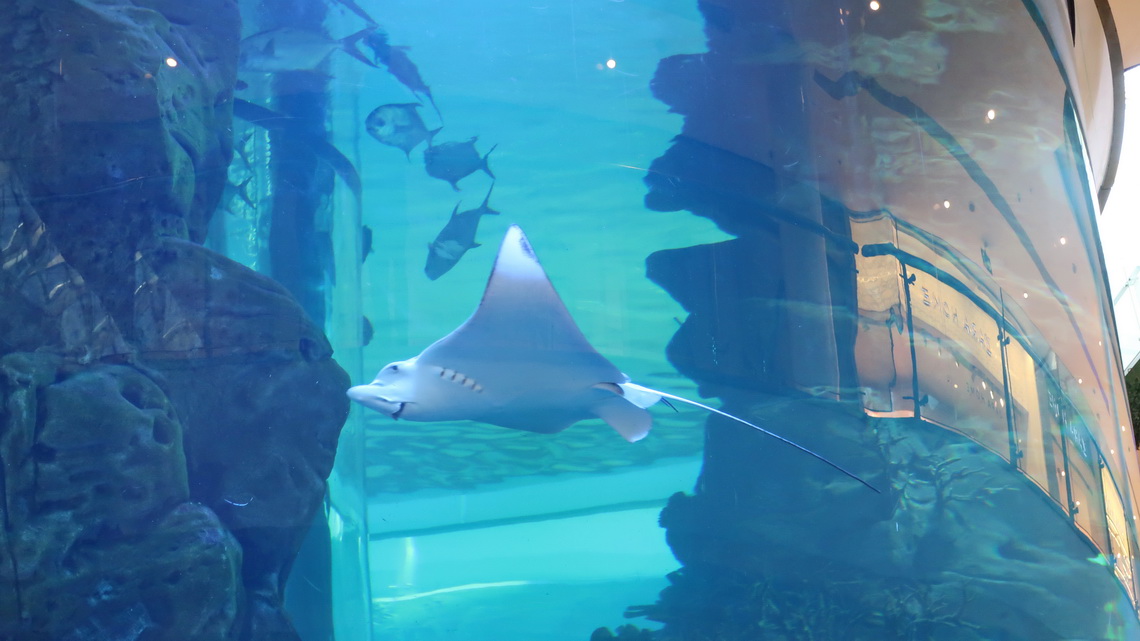
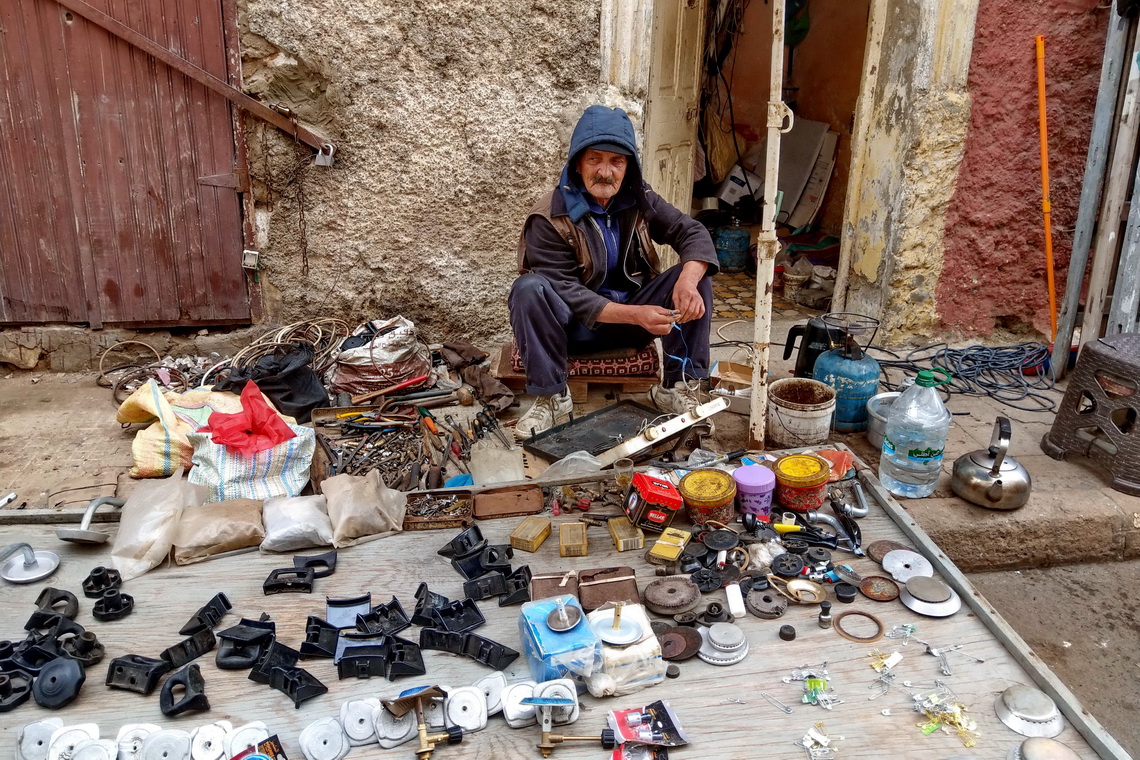
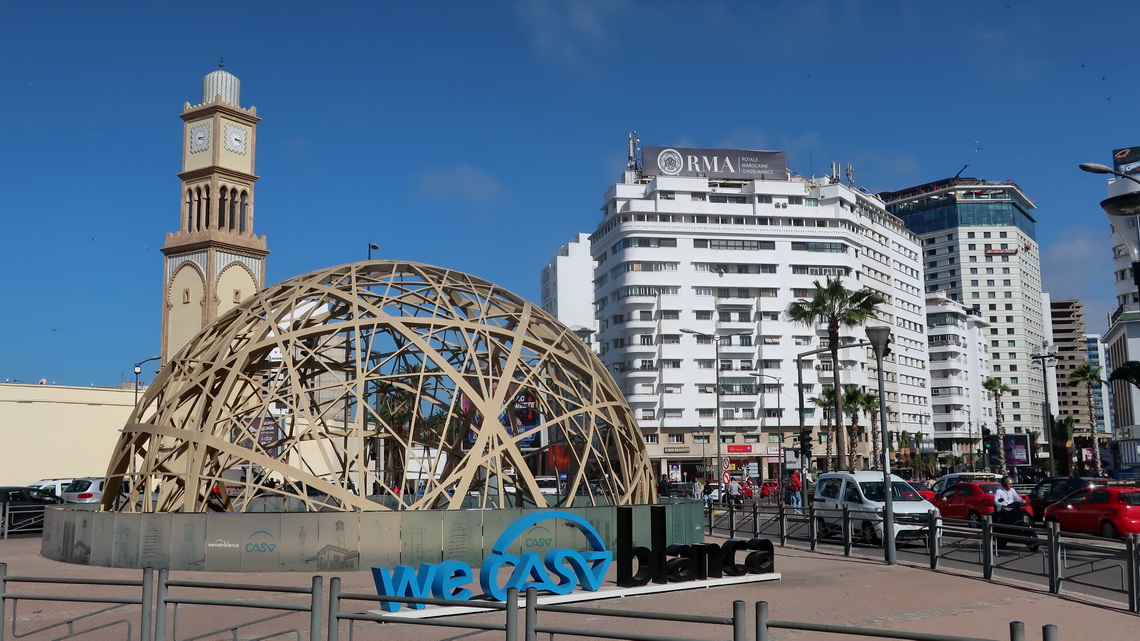
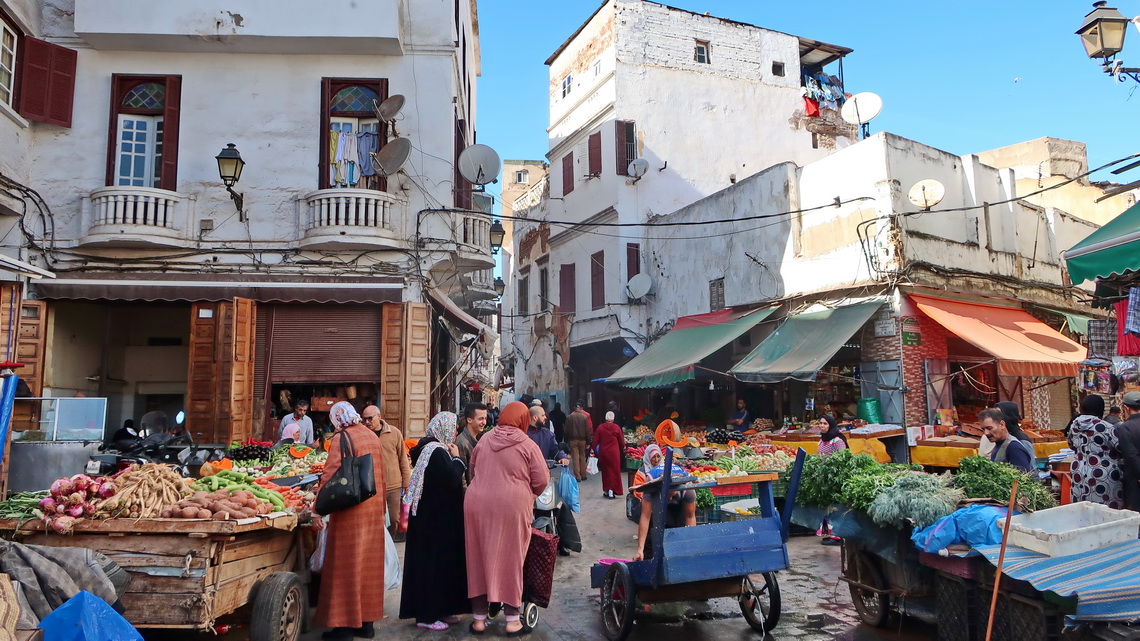
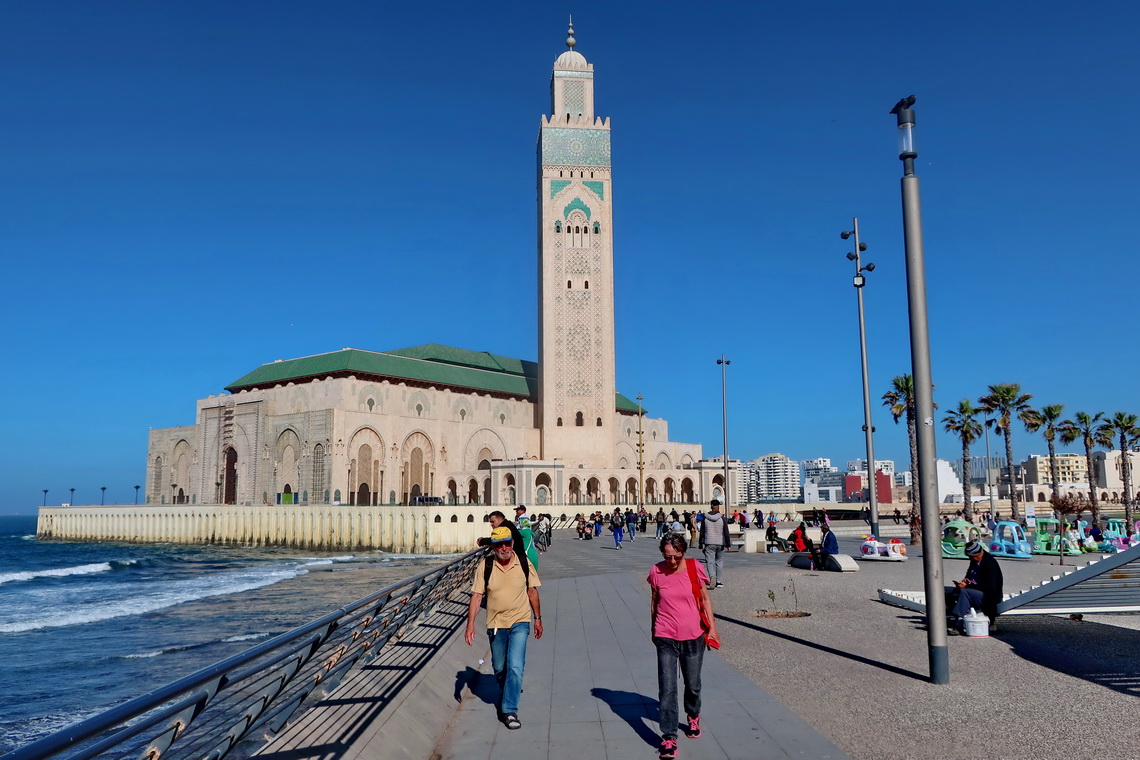
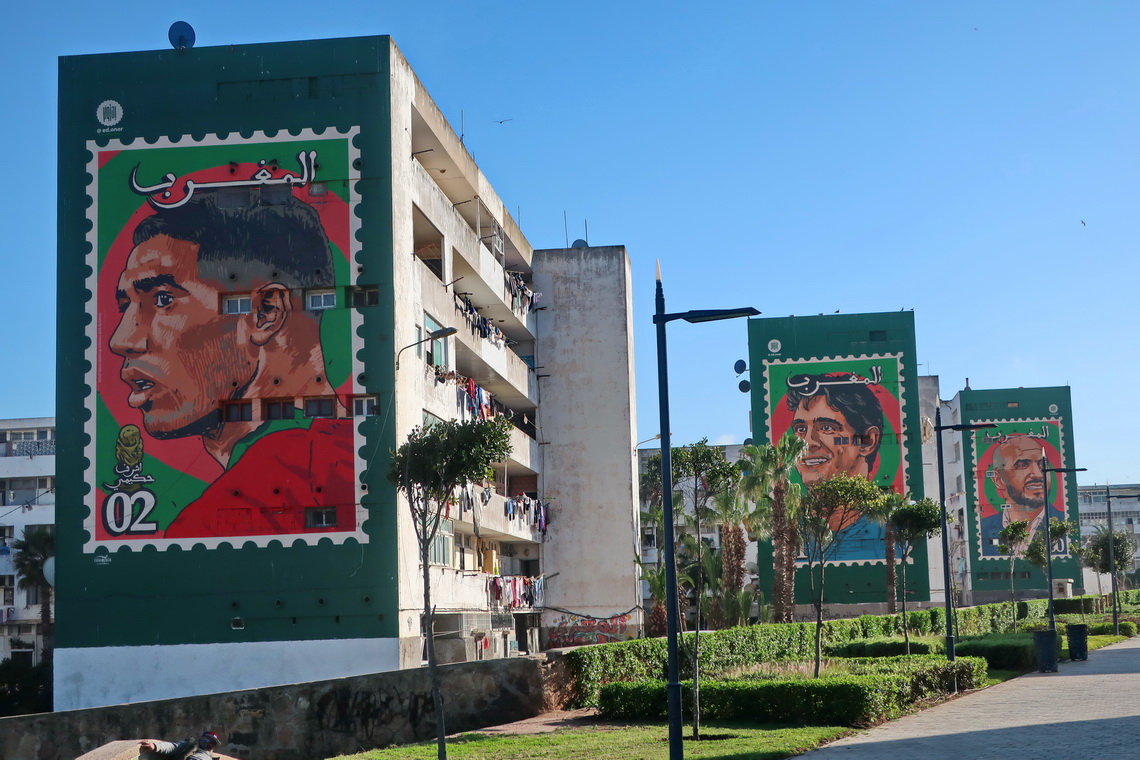
Approximately 180 kilometers southwest of Casablanca is the nice fishing village Oulalia where we hiked a little bit on its endless and awesome beaches to the Tomb Sidi Coramdi
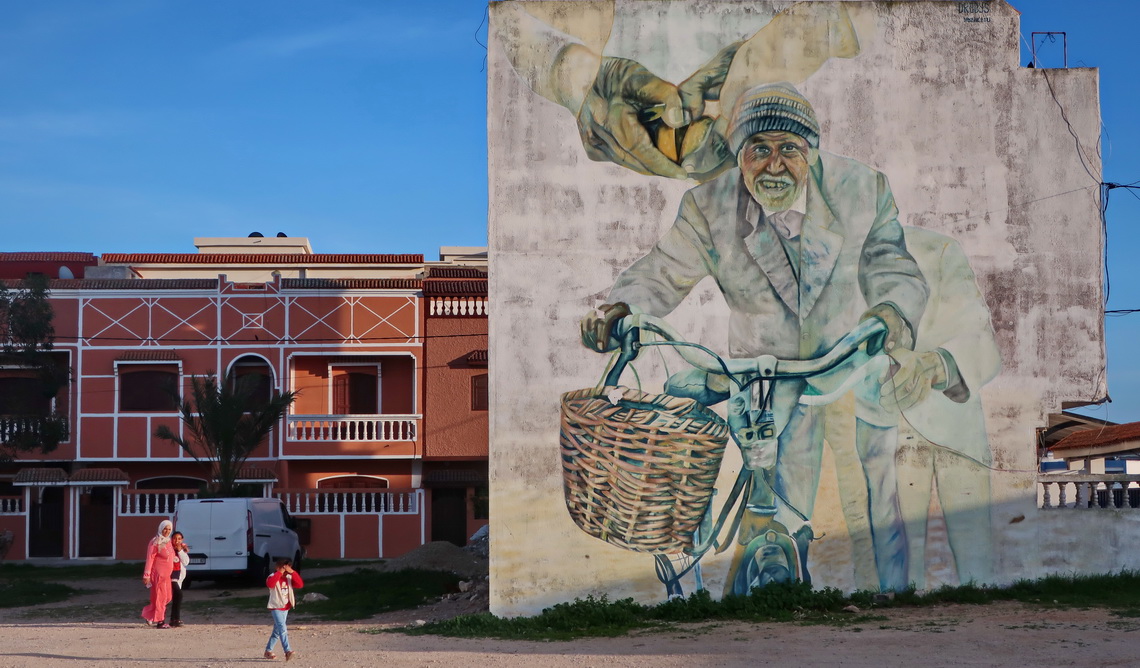

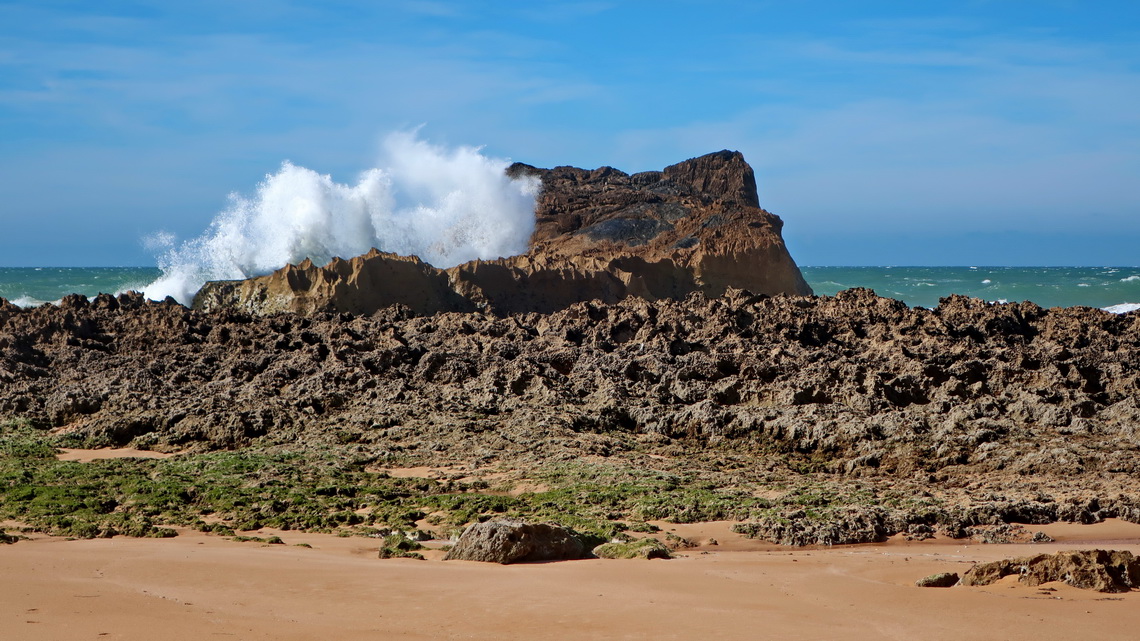
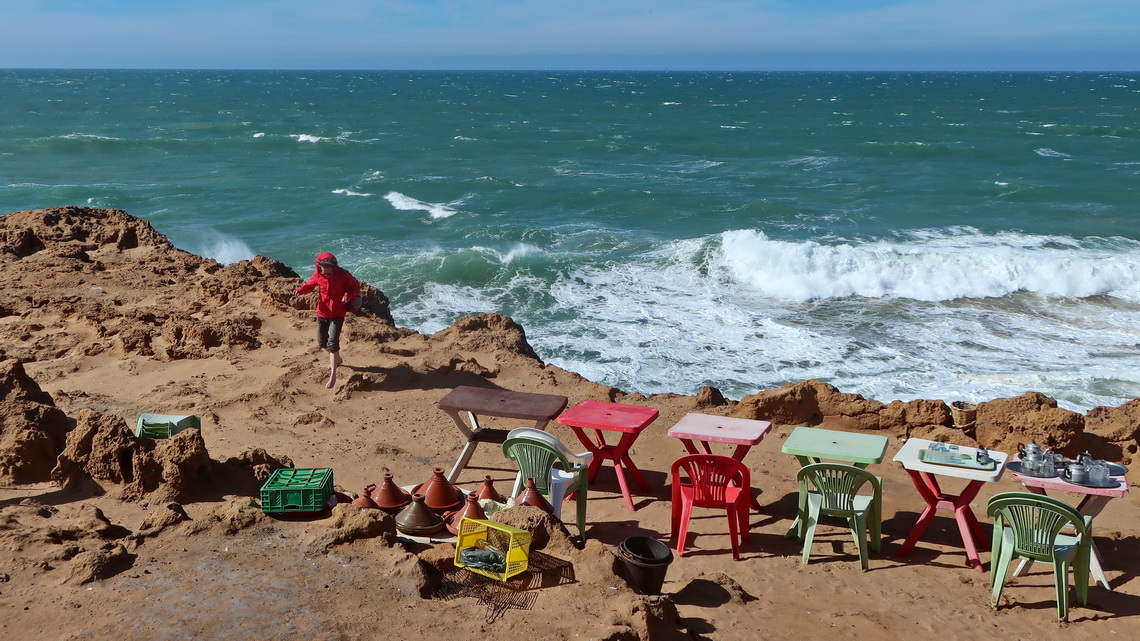
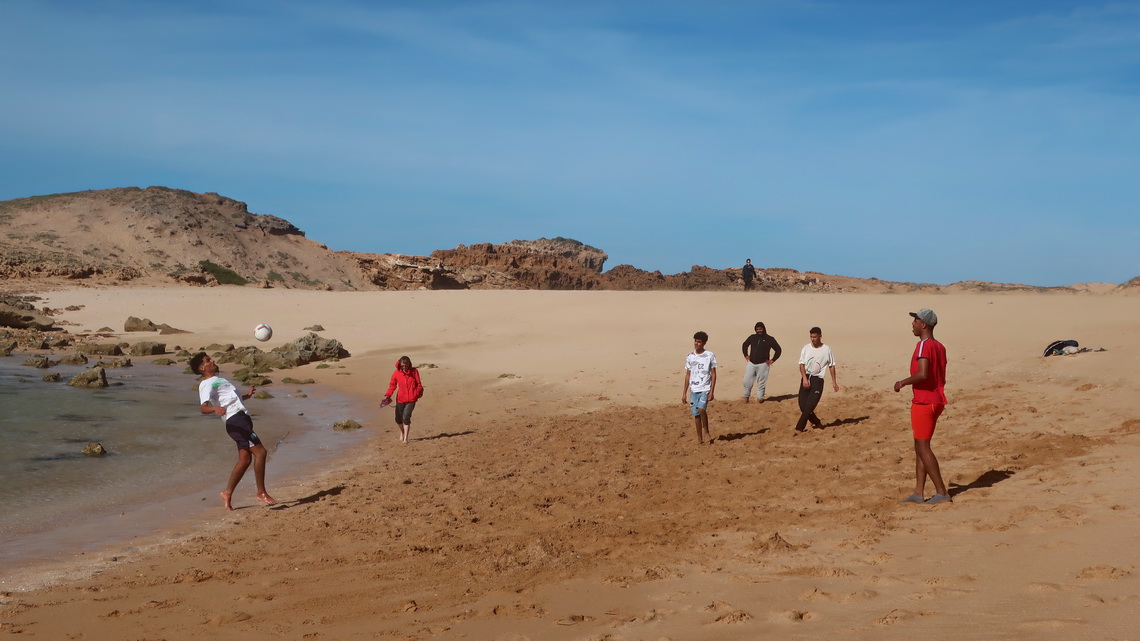
The lovely medium sized city Essaouria is very touristic because it is relatively close to Agadir, Morocco's main hub for travelers. Its Medina is an UNESCO World Heritage Site, and its beaches are hot spots for kite and windsurfing. We learnt that campers are not welcomed in Essaouria but we found a perfect place approximately 10 kilometers east and we cycled to the center.
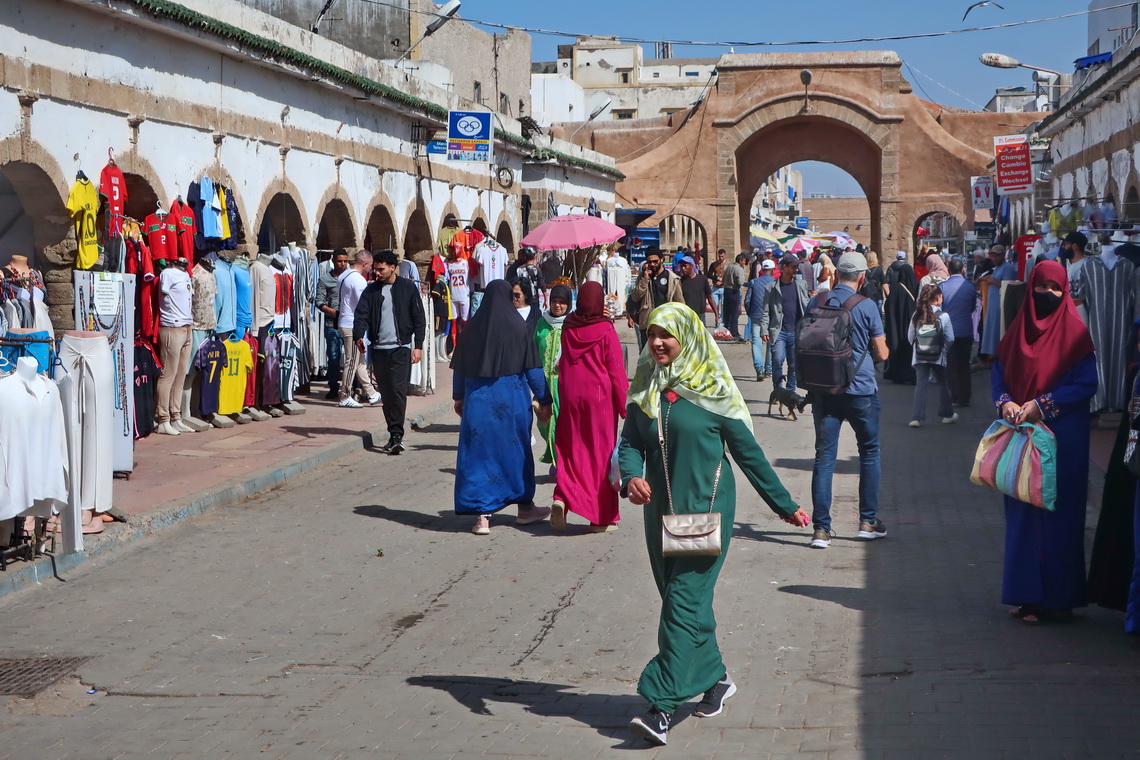
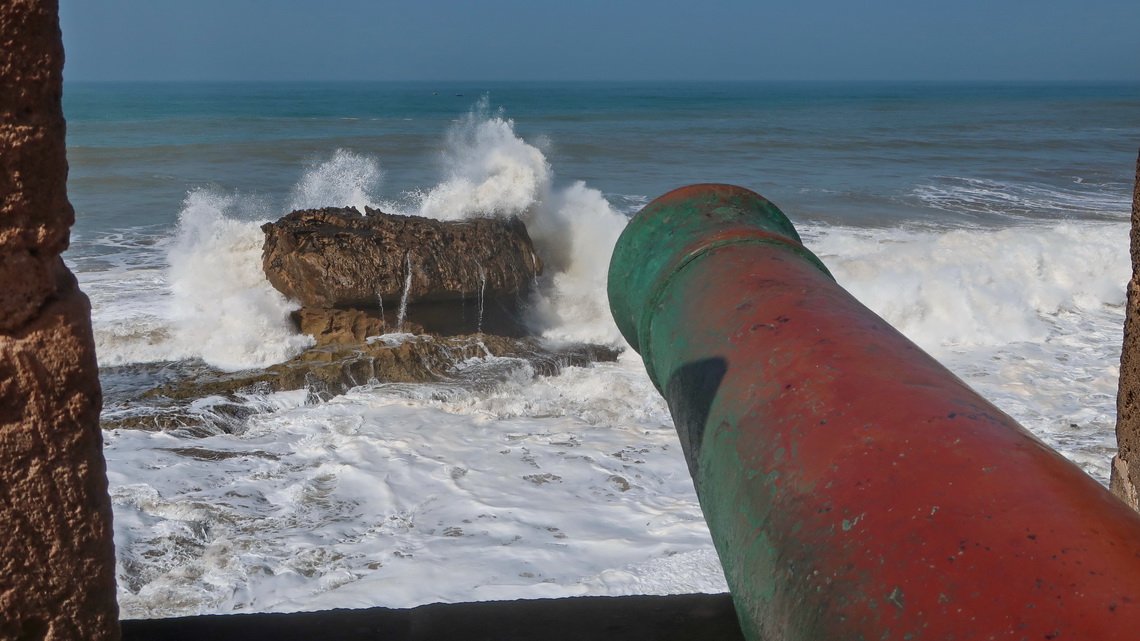
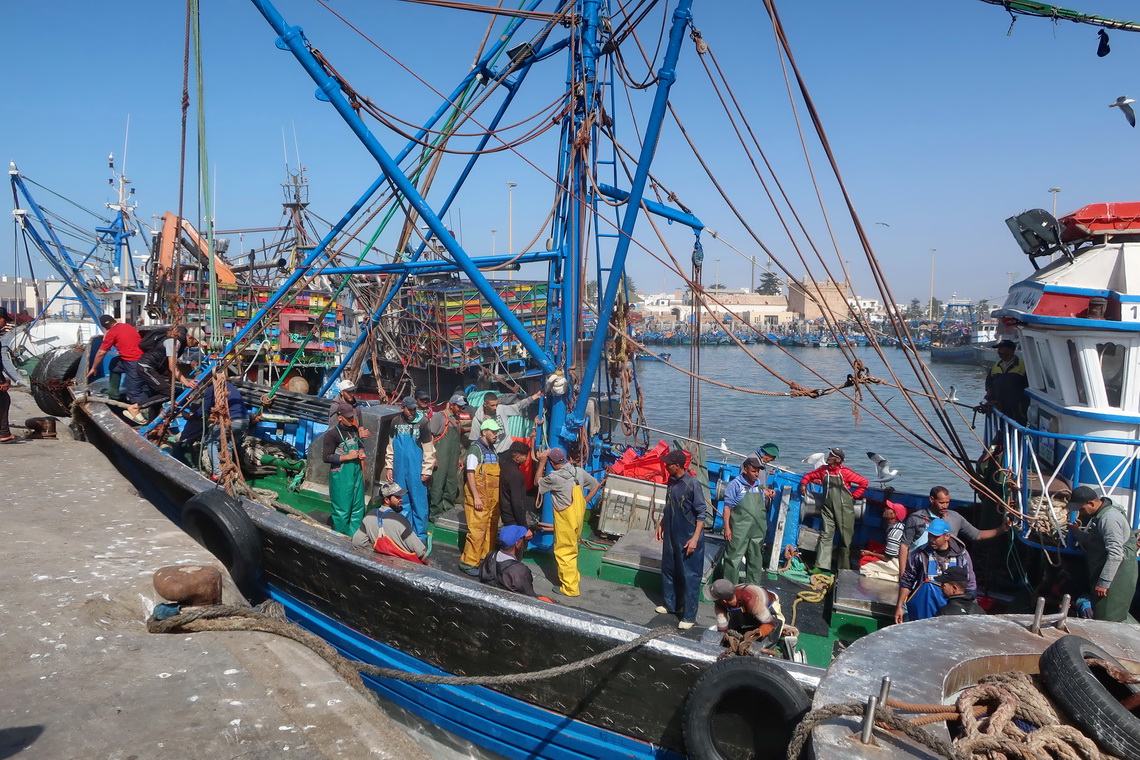
Approximately 75 kilometers south of Essaouira we found a wonderful overnight staying place on cliffs more that 300 meters over the Atlantic Ocean and the fishing village Imsouane. We hiked two hours along the cliffs and saw many Argan trees, which grow only in southwestern Morocco. The oil produced from the its kernels is supposed to be one of the most healthy and valuable cooking oil on earth. It takes about 40 kilograms of dried Argan fruit to produce only one liter of oil which is done mostly by Berber women in the traditional and very labor-intensive way.
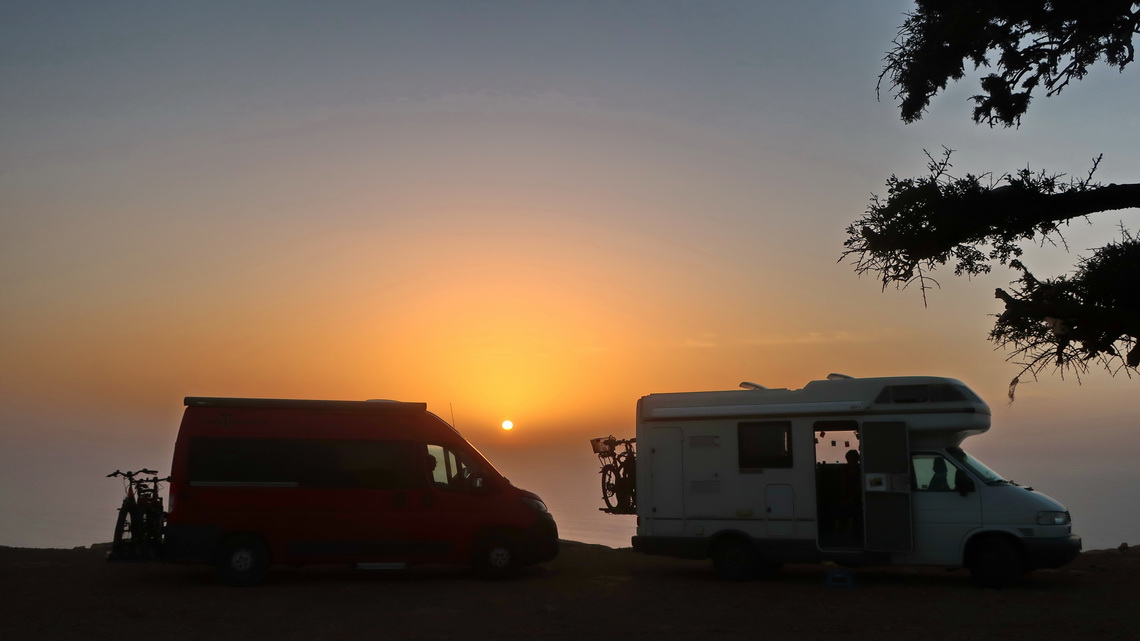
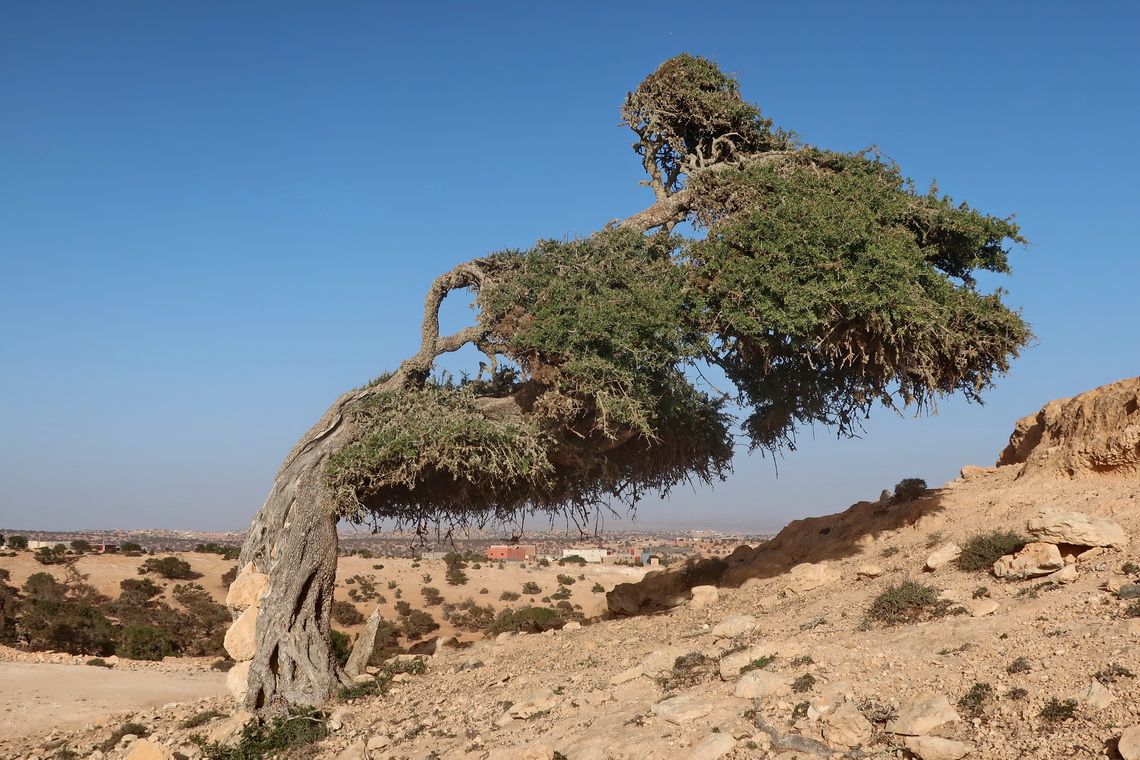
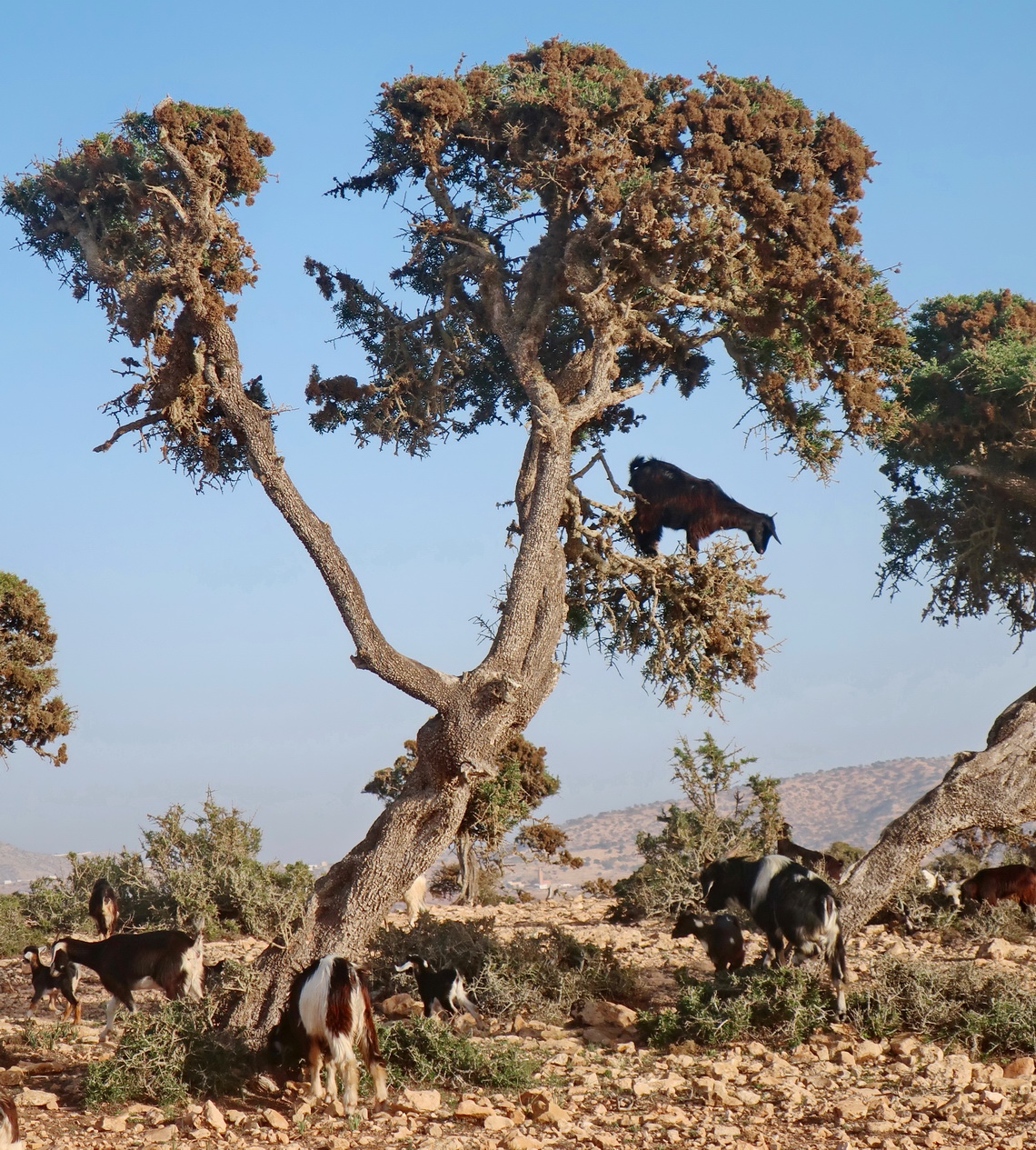
We continued with stops on the Dune de Sable, and the nice beaches of Oued Tamri and Aghroud southwards to the fishing village Tamraght which is famous for its waves. Due to its proximity to Agadir there were a lot of other tourists.
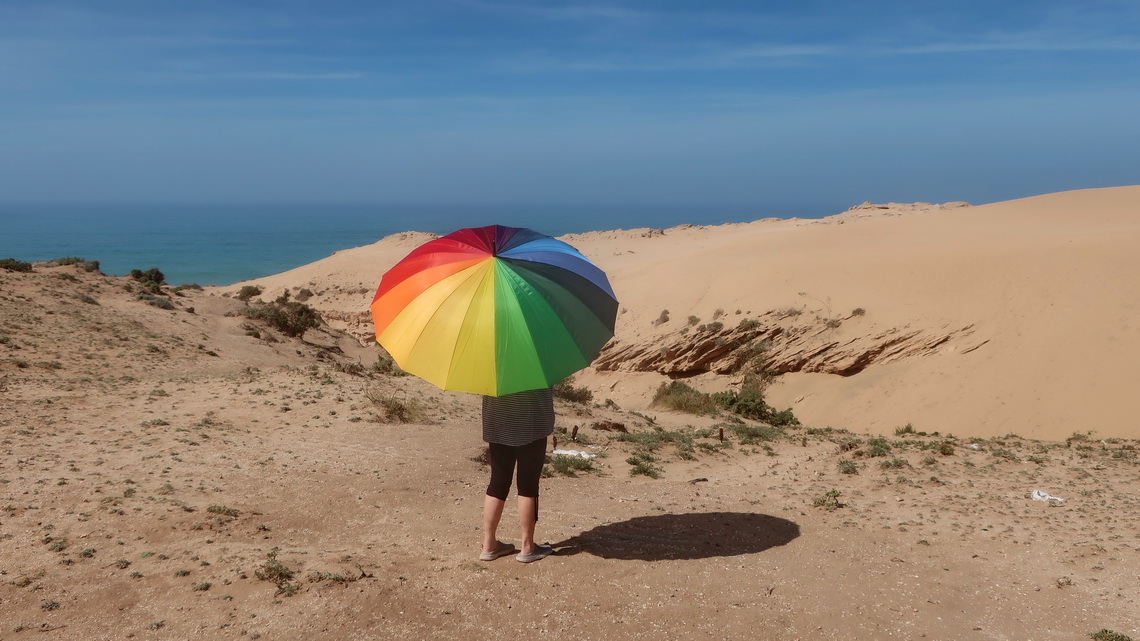
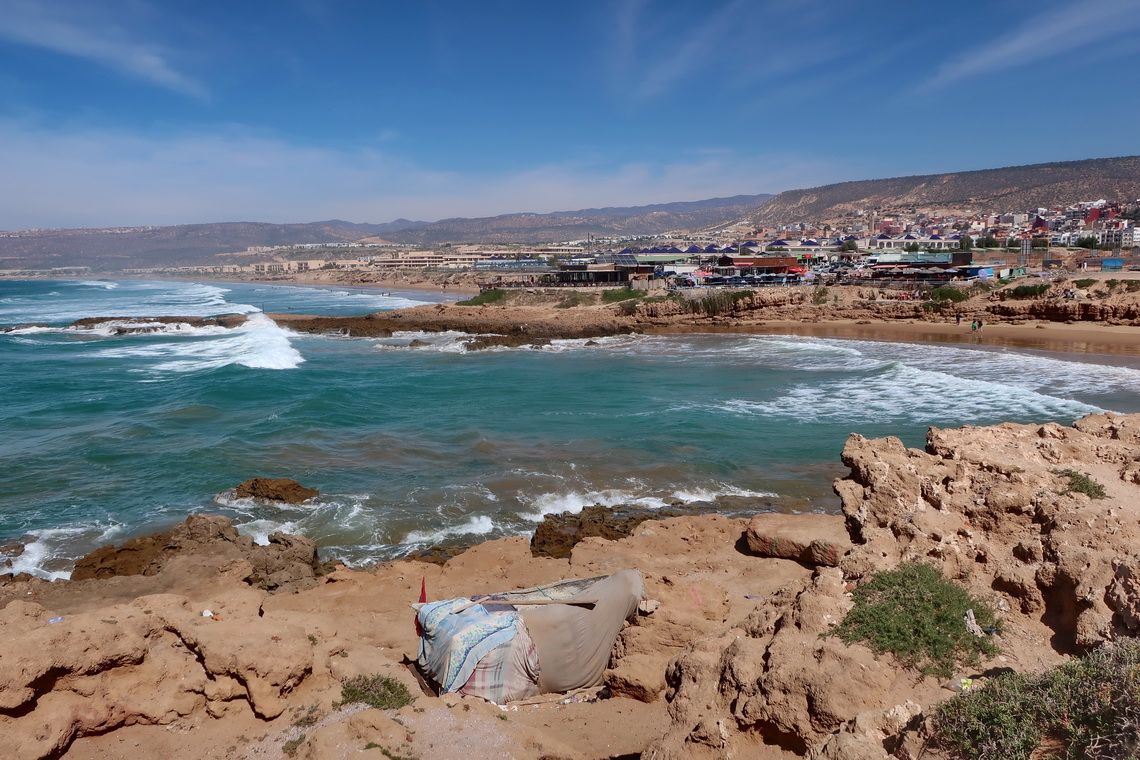
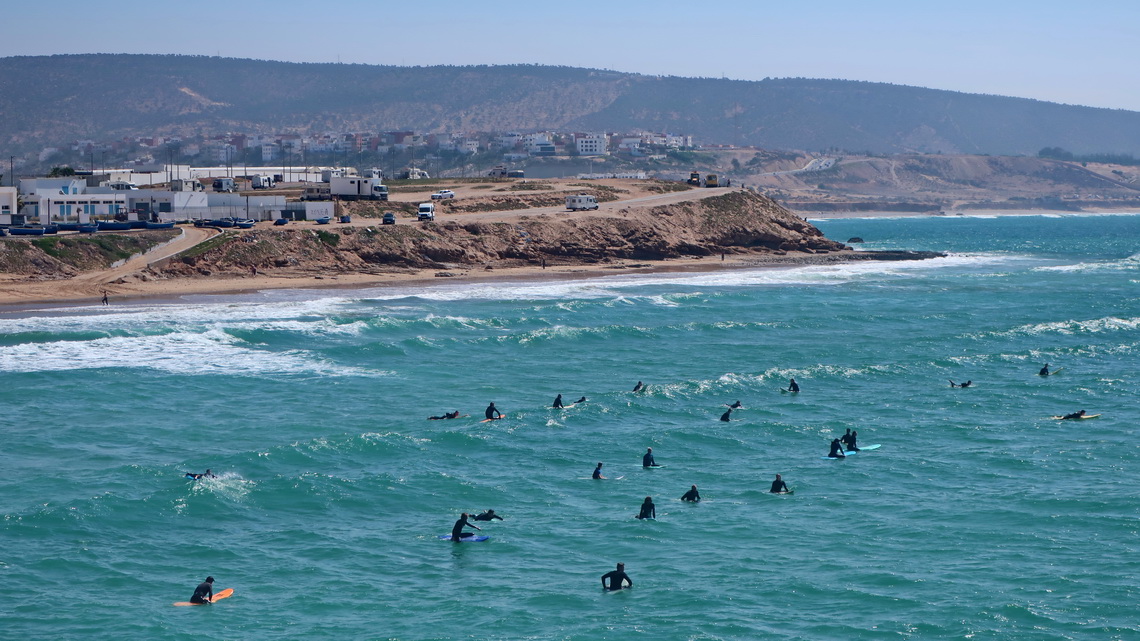
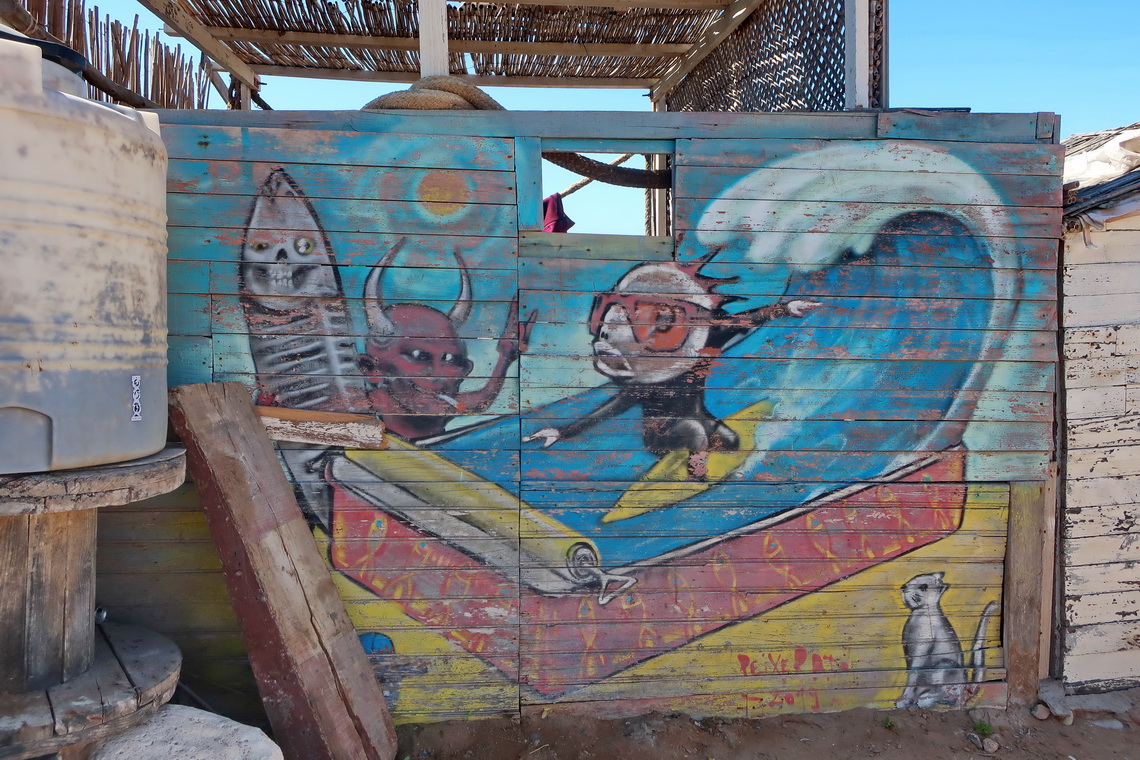
We skipped Agadir with its thousands of hotels and millions of tourists, and headed directly to the little village Sidi Rabat. South is the entrance to the stunning Souss-Massa National Park which is famous for bird watching. Sadly there was recently a conflict between the fishermen and government north of Sidi Rabat - all houses were ruined because the administration wants to invest in new tourist resorts.
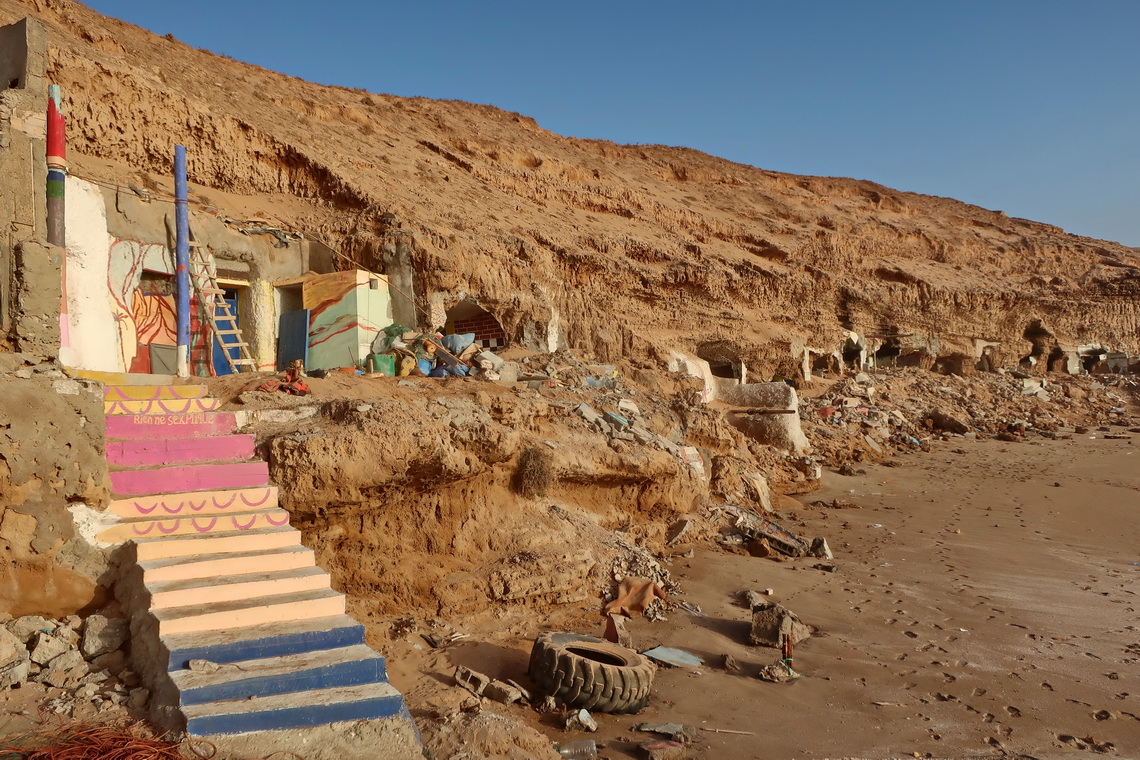
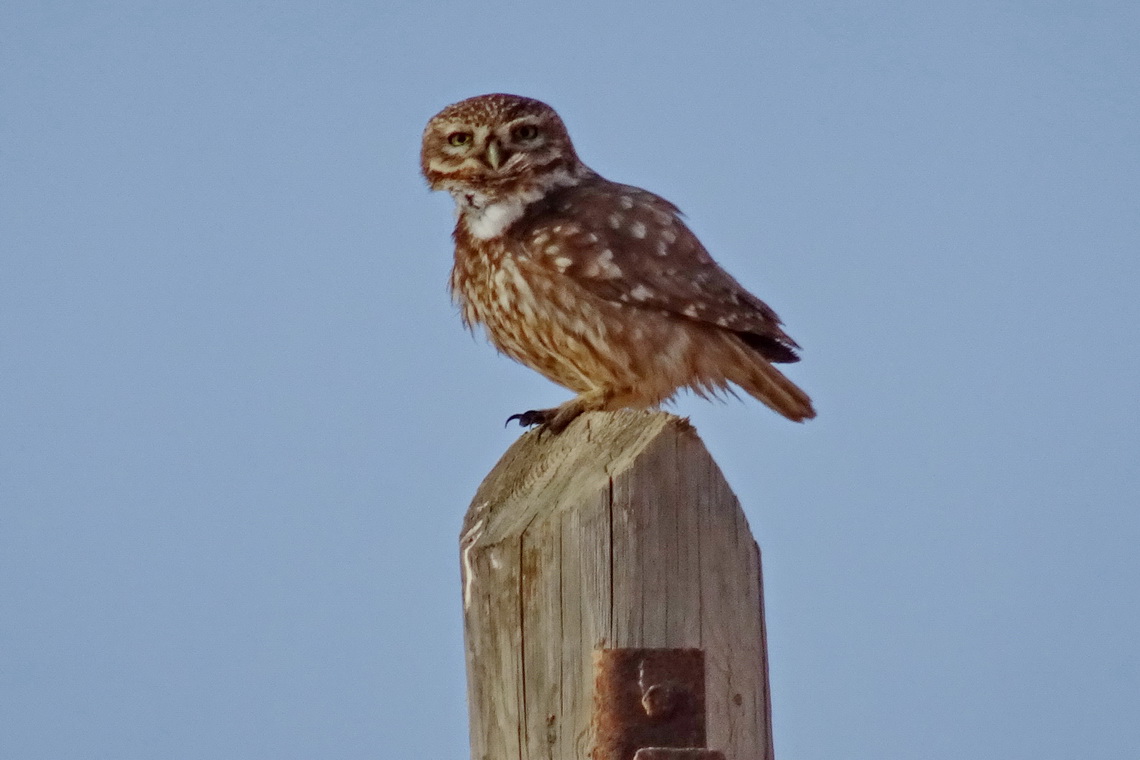
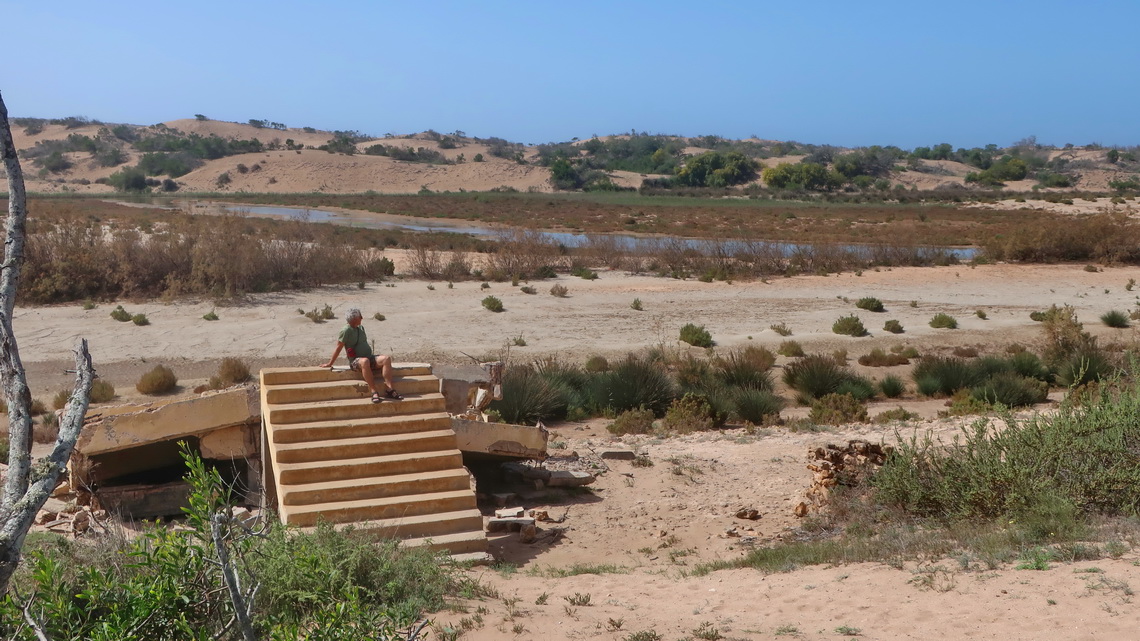

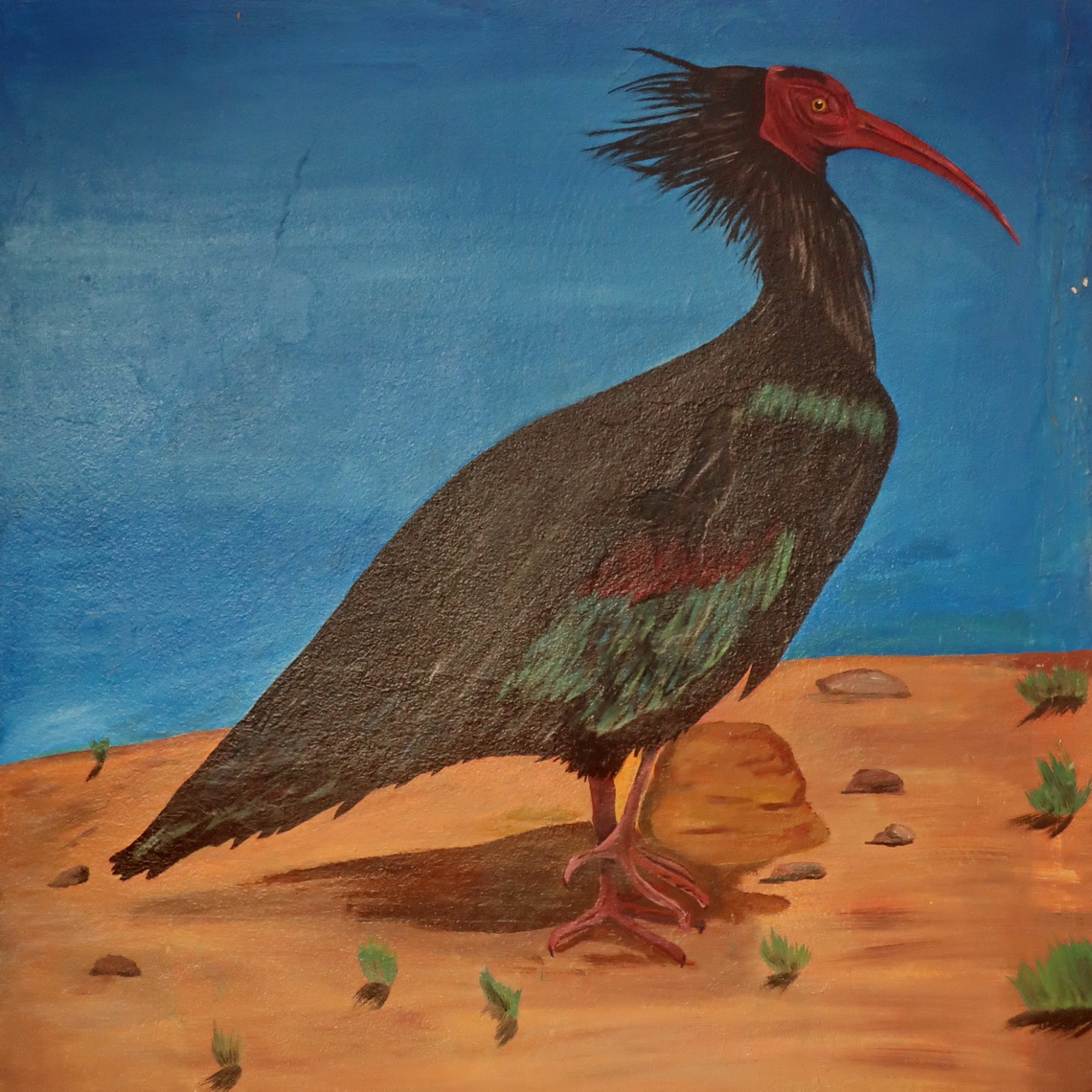
Our last location on Morocco's Atlantic Coast was the medium sized city Sidi Ifni which was also our westernmost point on this itinerary. Unfortunately the water was covered with an ugly white foam so we did not dare to swim in the sea.

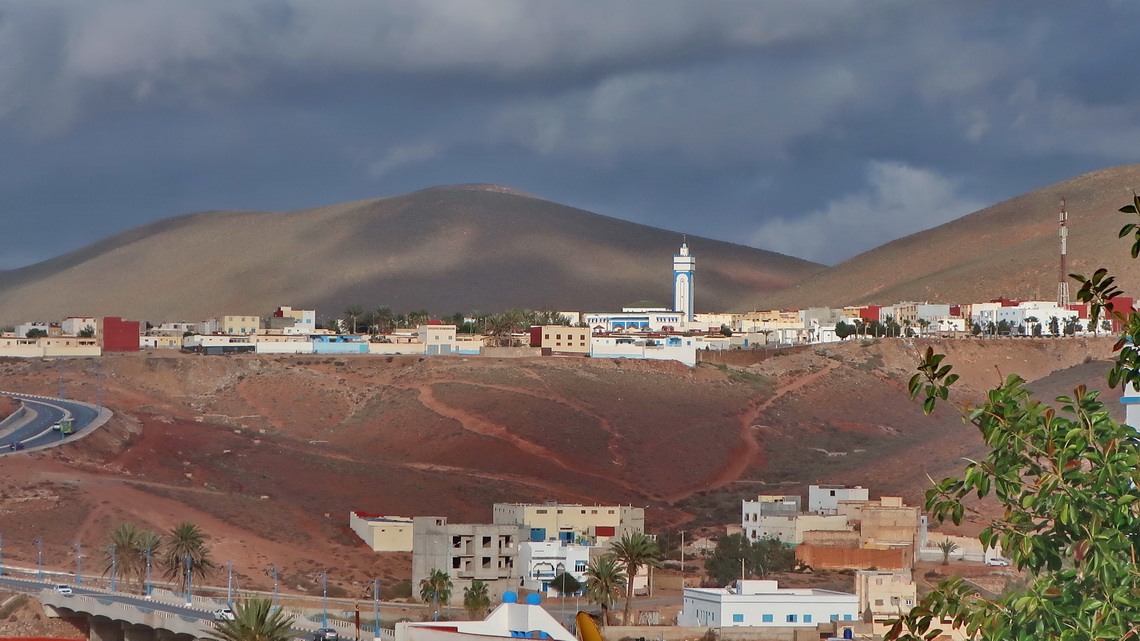
From Sidi Ifni we turned eastwards into the Sahara desert - that's the next article
For more pictures, please click here
For a map of our itineraries, click here
